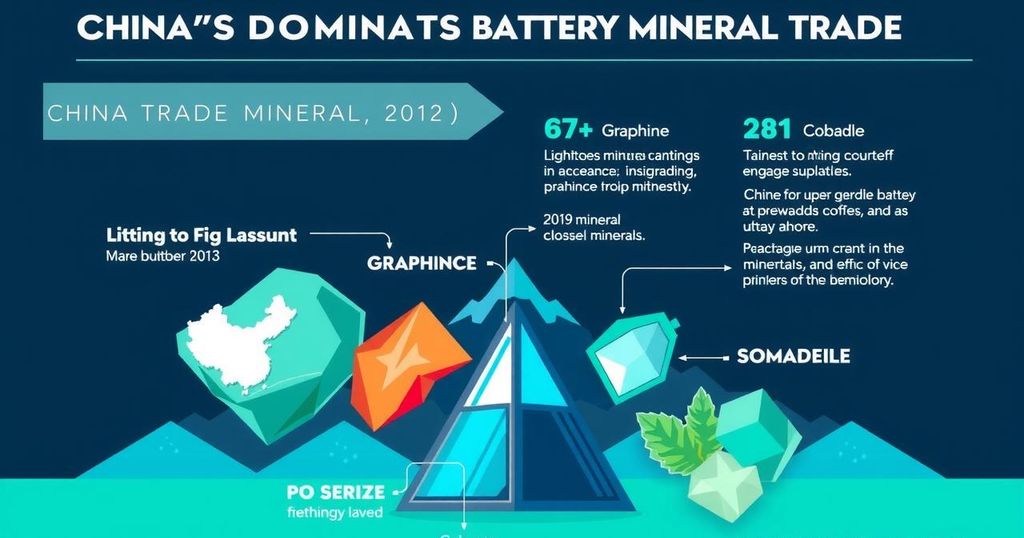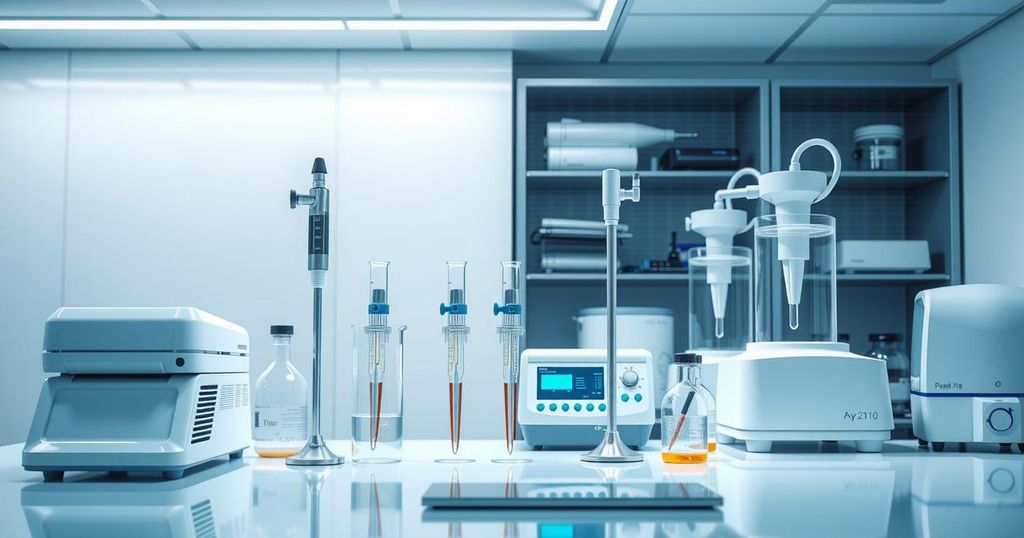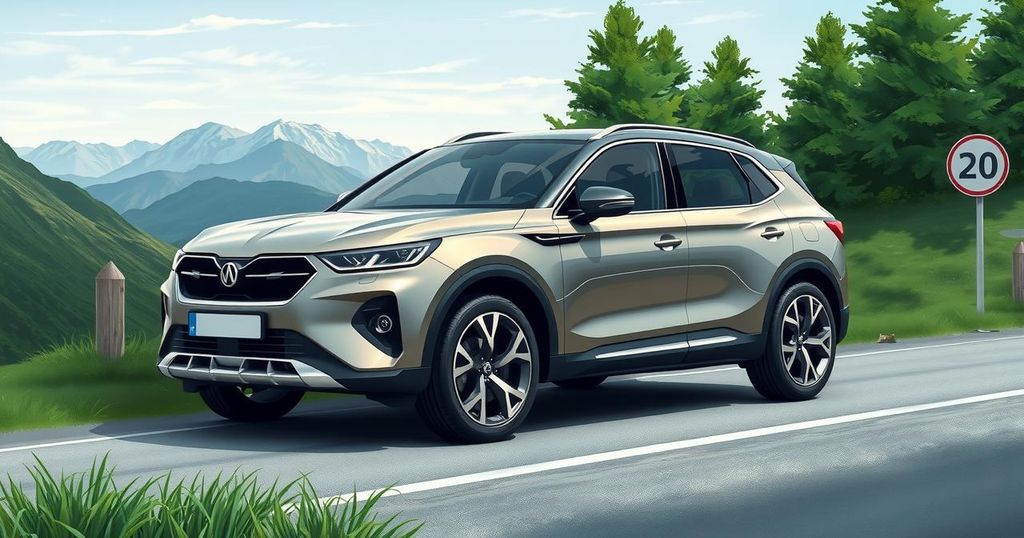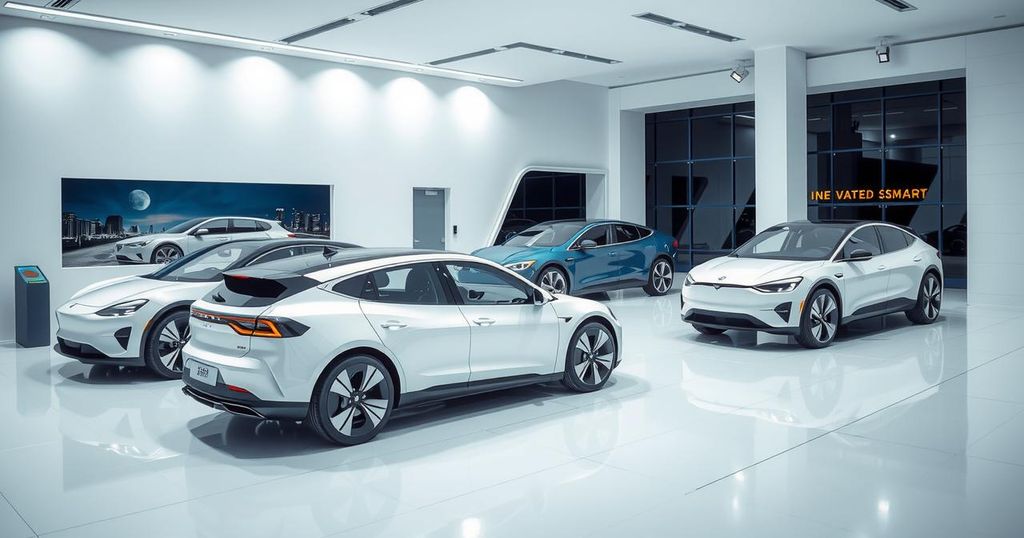Cars
AFRICA, ARGENTINA, ASIA, AUSTRALIA, AUTOMOTIVE INDUSTRY, BOLIVIA, CHILE, CHINA, CONGO, CONGO - KINSHASA, CONGO (KINSHASA), CUBA, EXPORT, FOREIGN INVESTMENT, GEOLOGICAL SURVEY, INDIA, INDUSTRY, JAPAN, KINSHASA, MEXICO, MINING, NATIONAL GEOSPATIAL - INTELLIGENCE AGENCY, NORTH AMERICA, OCEANIA, SOLAR POWER, SOUTH AMERICA, TEARLINE, TRIANGLE, U. S. GEOLOGICAL SURVEY, UN COMTRADE, UNITED STATES
Fatima Khan
0 Comments
China’s Dominance in Global Battery Mineral Trade
China is a dominant force in the global battery mineral trade, controlling a significant portion of lithium, graphite, and cobalt production. With 44% of interregional mineral imports and 58% of exports, China’s extensive supply chain involvement spans from raw materials to battery components. Significant investments and production capabilities fuel its influence as global demand for batteries increases.
In the world of battery minerals, China stands out as a juggernaut, playing a significant role in every stage of the global supply chain. In 2023, China imported nearly 12 million short tons of raw and processed battery minerals, which represented around 44% of all interregional trade. On the flip side, the country exported close to 11 million short tons of battery materials, packs, and components, comprising approximately 58% of interregional trade, as highlighted by recent UN Comtrade data.
Focusing on three core minerals essential for batteries—graphite, lithium, and cobalt—it’s clear that China is deeply embedded in their global trade. These minerals, sourced from both natural and synthetic methods, undergo processing for battery material manufacturing before being utilized in the production of batteries and their components. The surging global appetite for electric vehicles, energy storage, and other technologies underscores the significance of these materials.
Lithium extraction is carried out through brine methods or hard rock mining, cobalt is chiefly derived as a byproduct from nickel and copper mining, and graphite is obtained through natural ore extraction or synthetic production. Notably, China produced about 18% of the world’s mined lithium in 2023 (around 33,000 short tons), and Chinese firms now control 25% of the global lithium mining capacity.
Further enhancing its influence, Chinese companies have made substantial investments in various mining projects in Argentina, notably capitalizing on the lithium triangle—an area comprising Argentina, Bolivia, and Chile which harbors about half of the planet’s lithium reserves. Furthermore, in 2024, China’s domestic production was responsible for a staggering 79% of the world’s natural graphite, as reported by the U.S. Geological Survey, while the U.S. produced none. Additionally, Chinese entities manage about 80% of cobalt production in Congo-Kinshasa, a region that contributes over half of global cobalt output.
Once mined, these battery minerals are distributed worldwide for refinement. In fact, China accounted for 46% of the global trade in raw battery mineral imports last year, according to UN Comtrade. Australia, standing as the top lithium producer, exported the majority of its lithium to China. Notably, Australia, China, and broader Asia and Oceania—which includes key players like India and Japan—together made up 71% of the raw battery mineral import trade.
When it comes to processing, China is even more dominant. The country processes an impressive 90% of the world’s graphite and significantly contributed to over two-thirds of global processing capacity for cobalt and lithium in 2022. In 2023, China imported around 20% of the world’s processed battery minerals, primarily cobalt from Africa, and exported 58% of global processed battery minerals, majorly synthetic graphite, to Asia and Oceania. However, with China beginning to enforce export restrictions on graphite products tied to electrode manufacturing, experts anticipate a decline in graphite exports in 2024 and 2025.
Processed battery materials are integral in manufacturing various battery components, which fluctuate based on chemical composition. China claimed a remarkable 53% of the global export trade in battery materials in 2023, with processed materials transitioning into components like electrodes, electrolytes, and separators. For context, a typical lithium-ion battery cell is composed of a graphite anode, lithium-based cathode, and a lithium salt electrolyte. Remarkably, in 2022, the country produced 85% of global anodes, 82% of electrolytes, 74% of separators, and 70% of cathodes.
Additionally, China was responsible for 74% of world exports in battery packs and components in 2023, asserting control over approximately 85% of the global battery cell production capacity in terms of monetary value. Such numbers not only illustrate China’s vast reach in this sector but indicate a growing dependency of global markets on Chinese output and expertise.
Data source for this information: United Nations Statistics Division and UN Comtrade, with specific product classifications and codes outlined in the 2023 technical note from the United Nations Conference on Trade and Development.
In conclusion, China’s dominance in the global trade of battery minerals is extensive, affecting every stage of the supply chain, from extraction to manufacturing. This significance is expected to grow amid increasing global demand for more environmentally responsible energy solutions. China’s vast production capacities, significant investments in lithium mines, and processing facilities indicate that it will continue to be a key player in the battery minerals market for the foreseeable future. As countries around the world seek to electrify and innovate, China stands poised to be at the center of this transition.
Original Source: batteriesnews.com




Post Comment